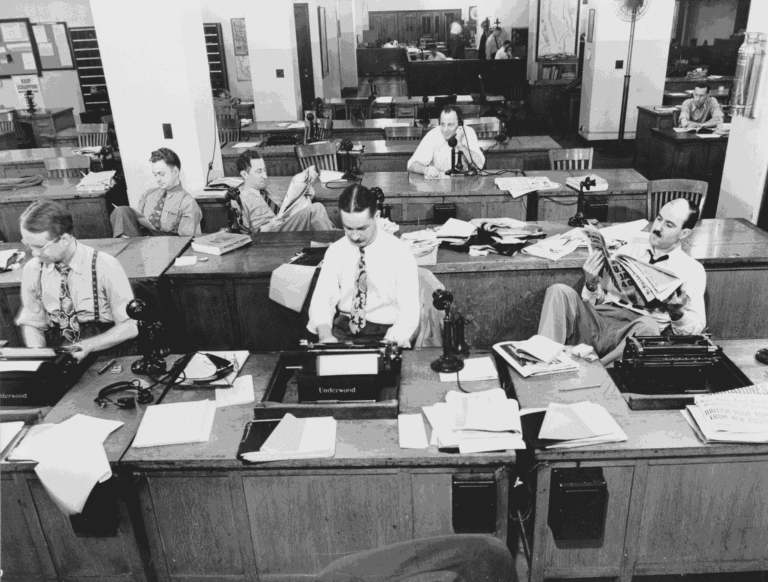Dialogue Secrets: Layers of Subtext and Conflict
Uncover the secrets of crafting dialogue with layers of subtext and conflict. Learn how to make conversations in your story sizzle.
Meta: Uncover the secrets of crafting dialogue with layers of subtext and conflict. Learn how to make conversations in your story sizzle.
Common Genres Where Dialogue Thrives: Drama, Thriller, Mystery, Romance, Fantasy
Unconventional Genres for Dialogue: Poetry, Non-Fiction, Cooking, Travel, Self-Help
Introduction
Dialogue is more than just words; it’s an intricate dance of subtext and conflict that brings your characters to life.
In this article, you’ll uncover the secrets to crafting dialogue that not only sounds natural but also serves to add layers of tension and meaning to your story.
The Importance of Subtext
Subtext is the unspoken or less obvious meaning or message in literary or dramatic dialogue.
It’s the underlying layer that gives depth to what the characters are saying, often revealing their true intentions or emotions without them explicitly stating it.
Example: In Jane Austen’s “Pride and Prejudice,” when Elizabeth Bennet declines Mr. Collins’ marriage proposal, her polite words are layered with subtext that screams she finds the idea repugnant.
Crafting Conflict in Dialogue
Conflict is the engine that drives dialogue.
It provides the tension that keeps readers engaged. Conflict in dialogue can arise from opposing goals, secrets, or even misunderstandings between characters.
Example: In “The Godfather,” the dialogue between Michael Corleone and his brother Fredo is fraught with conflict stemming from betrayal and broken trust.
Realistic vs. Functional Dialogue
While it’s tempting to make dialogue sound as natural as possible, remember that every line should serve a purpose.
Realistic dialogue includes ums, ahs, and broken sentences, but functional dialogue is streamlined to deliver the necessary information or emotion.
Example: In “The Great Gatsby,” F. Scott Fitzgerald uses functional dialogue to quickly convey the complexities of Jay Gatsby’s character and his doomed love for Daisy.
Punctuation and Formatting
The way you punctuate and format dialogue can significantly impact its readability and flow.
Using a variety of punctuation marks can add rhythm to the dialogue, making it more engaging.
Example: In “Harry Potter,” J.K. Rowling uses exclamation marks, ellipses, and dashes to convey the urgency or hesitation in the characters’ speech.
Dialogue Tags and Action Beats
Dialogue tags like ‘said’ and ‘asked’ are often sufficient, but action beats can add dynamism to your dialogue.
Action beats are small actions or reactions that accompany dialogue, providing context or showing what the character is doing while speaking.
Example: In “Gone Girl,” Gillian Flynn uses action beats like “she sighed” or “he looked away” to add emotional depth to the dialogue.
Conclusion
Dialogue is an art form that, when done right, can make your characters feel real and your story unforgettable.
So, are you ready to make your characters’ conversations sizzle?
Checklist
- Use subtext to add depth
- Incorporate conflict to drive tension
- Balance realistic and functional dialogue
- Pay attention to punctuation and formatting
- Utilize dialogue tags and action beats
FAQs
How can I improve the subtext in my dialogue?
Think about what your characters are not saying. Use their actions, reactions, and the situation to imply deeper meanings.
What are some techniques for adding conflict to dialogue?
Introduce opposing goals, secrets, or moral dilemmas between characters to create natural conflict.
How can I make dialogue more realistic?
Listen to real conversations and note the nuances, but remember to keep it functional for the sake of the story.
What punctuation marks work best in dialogue?
Commas, periods, question marks, exclamation marks, and dashes can all be used effectively.
How do I choose between dialogue tags and action beats?
Use dialogue tags for clarity and action beats for emotional impact or to break up long stretches of dialogue.
References
- “Dialogue” by Robert McKee
- “How to Write Dazzling Dialogue” by James Scott Bell
- “The Dialogue Thesaurus” by Angela Ackerman
- “Writing Dialogue” by Tom Chiarella
- “Crafting Dynamic Dialogue” by Writer’s Digest Editors
Keywords
Dialogue Secrets, Subtext, Conflict, Realistic Dialogue, Functional Dialogue, Punctuation, Action Beats
Learn more in our parent article: 21 Ingenious Ways to Create Narrative Tension in Fiction Writing.






